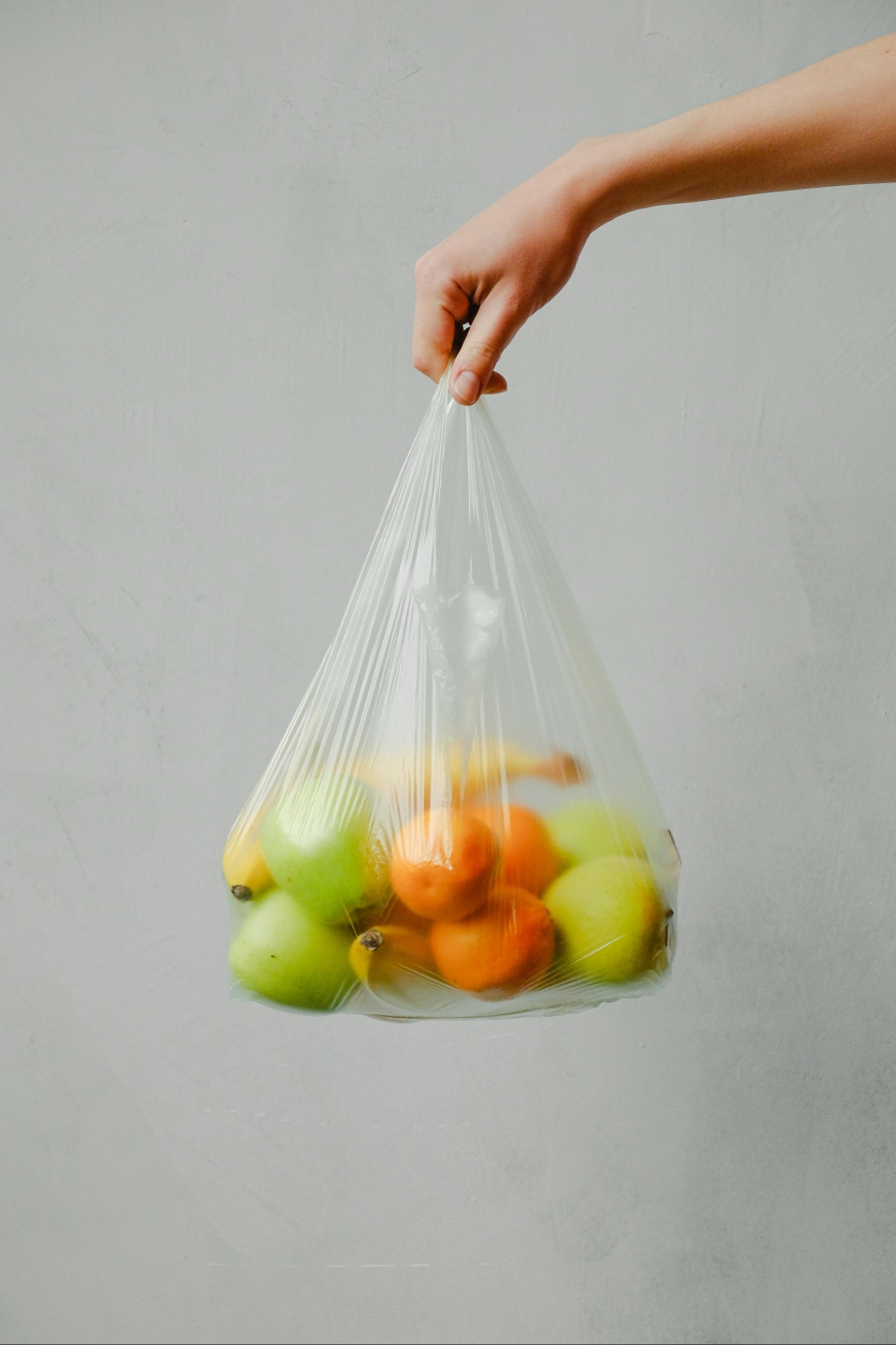
When throwing out leftovers, many people tend to make decisions either to discard it as food waste or general trash, just after a simple glance. If it looks edible, it goes to the food waste bin. If not, then it goes to the general trash bin. This almost unconscious separating method might work with most food. However, what looks like food isn’t always regarded as food waste. There is a specific separating policy of food waste that might confuse people.
In Korea, food waste is not simply discarded or left to decay. Instead, once properly separated, the leftovers are generally recycled in three major ways: animal feed production, composting, and bio-energy generation. In the first method, animal feed production, the food waste is sterilized and dried, then trans- formed into feed for animals such as pigs and chickens. In composting, food waste is converted into fertilizer and used in agriculture. Lastly, food waste can also be transformed into bio energy such as methane gas for use as fuel or electricity. It is essential to distinguish food waste properly because some of it is transformed into animal feed, which directly affects the animals that consume it. For this reason, according to Seoul’s unified food waste disposal guidelines, only the waste that animals can safely eat should be disposed of as food waste. In contrast, the scraps that are hard, tough, or inedible for animals such as eggshells, peach pits, chicken bones, or shellfish shells must be discarded as general trash.
This classification matters because improper sorting can cause harmful consequences. If inappropriate substances are mixed into food waste, it contaminates all the potential animal feed. In addition, mechanical malfunctions can occur when certain items like chicken bones do not fit into processing machines. Eventually, these issues raise the overall cost for citizens who must cover the expense of addressing them.
Although the official guidelines are well structured, many mistakes still occur in everyday life due to confusion. One of the most common misunderstandings is assuming that eggshells or seashells belong in food waste. However, they must be treated as general waste. To distinguish food waste from general waste, there is a simple rule: think about whether the waste is edible for animals or not. For instance, shells from seafood are not edible for farm animals. The same goes for hard peels from certain fruits. On the other hand, soft fruit peels-though they may seem inedible-should be thrown as food waste. Even with this simple rule, it is not surprising that people still think it is quite confusing.
To avoid confusion, there is an official app provided by the Ministry of Environment called “Waste Disposal Guide (내 손안의 분리배출).” It helps users to identify not only food waste, but other confusing recyclable items as well. When unsure how to throw out waste properly, a quick and simple search on the app can help make recycling easier.
Reporter
Dayeon Choi
cdy207@seoultech.ac.kr
 @Pexels
@Pexels


 Comment 0
Comment 0 Posts containing profanity or personal attacks will be deleted
Posts containing profanity or personal attacks will be deleted